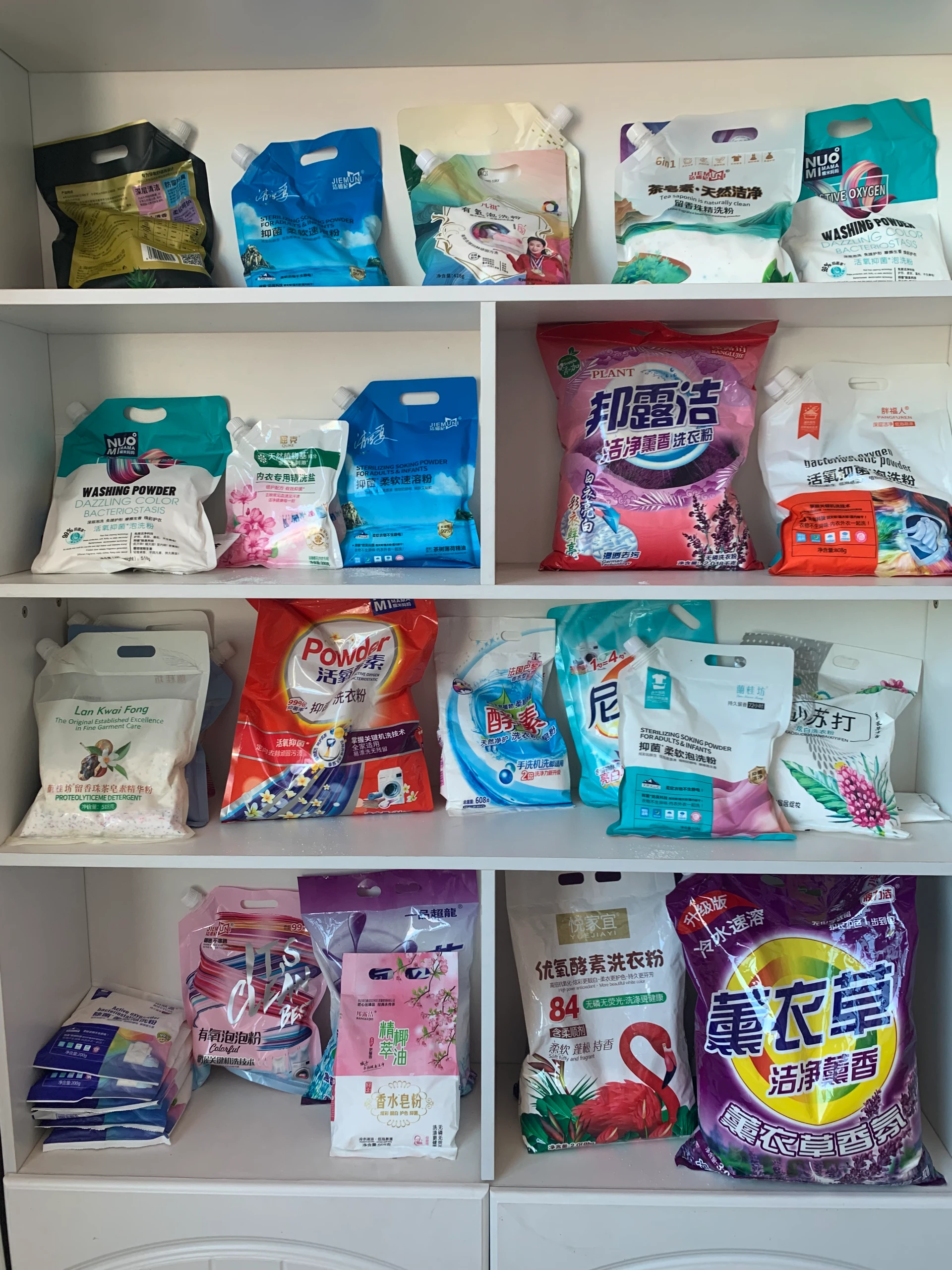



Different Chlorination Methods for Pool Water Sanitization and Maintenance
Types of Chlorination Systems for Pools
Chlorination is a crucial process in pool maintenance, essential for keeping the water safe and clean for swimmers. Various chlorination systems can be employed to achieve effective disinfection, each with its advantages and disadvantages. Understanding these types can help pool owners choose the most suitable option for their specific needs.
1. Traditional Chlorination Systems
The traditional method of chlorination involves manually adding chlorine to the pool water. This can be in the form of liquid chlorine (sodium hypochlorite), granular chlorine (calcium hypochlorite), or chlorine tablets (trichlor). Pool owners who opt for this method can regularly monitor and adjust chlorine levels based on their pool usage and environmental factors, such as sunlight exposure and debris accumulation.
One of the benefits of traditional chlorination is its cost-effectiveness; it requires minimal initial investment. However, it does demand regular testing and manual adjustments, which can be labor-intensive. Moreover, improper handling or dosage can lead to skin and eye irritation for swimmers.
2. Saltwater Chlorination Systems
Saltwater chlorination has gained popularity in recent years due to its alternative approach to sanitizing pool water. In this system, a salt chlorine generator converts salt (sodium chloride) into chlorine through a process called electrolysis. This method provides a steady supply of chlorine, reducing the need for manual additions.
The primary advantage of saltwater systems is the softer feel of the water, which tends to be gentler on the skin and eyes compared to traditionally chlorinated water. Additionally, the saltwater system can be more cost-effective in the long run since the ongoing chlorine production reduces the need for purchasing chlorine chemicals.
However, saltwater systems do require a higher initial investment, and extensive maintenance is necessary for the generator and pool components, as salt can be corrosive if not properly managed.
types of chlorination systems for pools

Liquid chlorine feeders are devices that automatically dispense liquid chlorine into the pool based on established settings. They are often installed in conjunction with a pool pump, ensuring a consistent and even distribution of chlorine throughout the pool.
These systems offer convenience, as they minimize the need for manual dosing and adjustments. However, like traditional chlorination, they require monitoring to ensure that the chlorine levels remain within safe ranges.
4. Chlorine Tablets and Floating Dispensers
Another simplified option for chlorination involves using chlorine tablets in floating dispensers or in-line feeders. These devices allow for continuous chlorine distribution as the tablets dissolve. This method is convenient for smaller pools or above-ground models, where maintaining consistent chlorine levels may be easier.
The significant drawback is that it can be difficult to control the rate at which the tablets dissolve, which can lead to spikes in chlorine levels if not monitored closely.
Conclusion
Selecting the right chlorination system for your pool depends on various factors, including budget, maintenance capabilities, and personal preferences. Traditional chlorination systems provide simplicity and cost-effectiveness, while saltwater systems offer user-friendly, softer water experiences. Liquid chlorine feeders and floating dispensers provide automated solutions that can help streamline pool maintenance tasks.
Ultimately, understanding the different types of chlorination systems available can empower pool owners to make informed decisions, ensuring a safe and enjoyable swimming environment. Regularly monitoring and maintaining appropriate chlorine levels will play a critical role in preserving water quality and providing a pleasant pool experience for friends and family.
-
Why Sodium Persulfate Is Everywhere NowNewsJul.07,2025
-
Why Polyacrylamide Is in High DemandNewsJul.07,2025
-
Understanding Paint Chemicals and Their ApplicationsNewsJul.07,2025
-
Smart Use Of Mining ChemicalsNewsJul.07,2025
-
Practical Uses of Potassium MonopersulfateNewsJul.07,2025
-
Agrochemicals In Real FarmingNewsJul.07,2025
-
Sodium Chlorite Hot UsesNewsJul.01,2025










